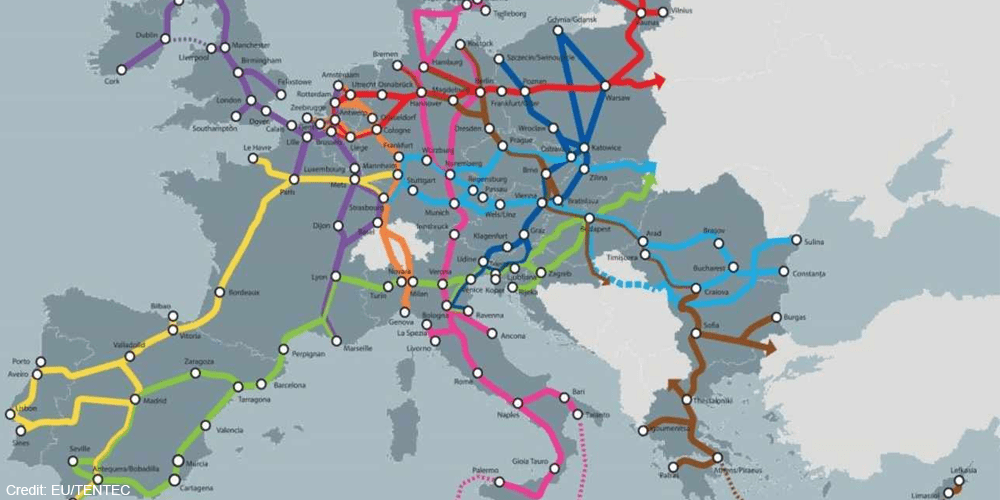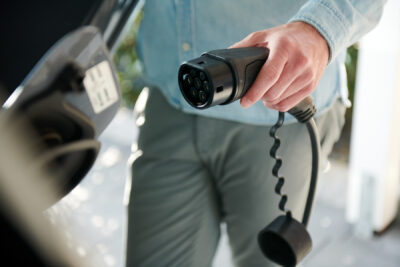EU negotiators agree on targets for H2 and charging network expansion
Negotiators of the European Parliament and the EU states have agreed on binding national targets for the expansion of the infrastructure for alternative fuels – both for passenger cars and trucks. In the passenger car sector, charging stations are to be built every 60 kilometres along the main routes in the EU.
The agreement that has now been reached specifically provides for electric cars to be able to charge every 60 kilometres along the main routes in the European Union by 2026. The charging stations are to be installed with a capacity of at least 400 kW at that time, and the capacity is to climb to 600 kW by 2028. The proposal to install charging stations every 60 kilometres had already been developed and presented by the Transport Committee of the EU Parliament in October 2022. At that time, there was specific talk of “electric charging pools”, meaning larger facilities with several charging points. The charging stations now mentioned in the EU Parliament’s communication are also to be classified in this way.
For trucks and buses, the negotiators agreed on the requirement that there must be a charging station every 120 kilometres. These stations are to be installed on half of the main roads in the EU by 2028, with a capacity of 1,400 to 2,800 kW depending on the location. The negotiators also agreed that hydrogen refuelling stations should be installed at least every 200 kilometres along the main routes by 2031.
The EU classifies the main routes first and foremost as the TEN-T core network, a network of partly existing, partly planned trans-European road, rail, air and water filling station connections in the European Union. It complements similar efforts in the telecommunications and energy sectors. “In any case, certain derogations would apply to outermost regions, islands and roads with very low traffic volumes,” the accompanying note continues.
In addition to the elaborated specifications on the infrastructure network for alternative fuels, the negotiators also addressed the issue of payment modalities. Accordingly, drivers would have to be enabled to easily and conveniently “with payment cards, contactless devices or, in certain cases, using a QR code”. The price would have to be displayed per kilowatt hour, per minute/session or per kilogram and be “reasonable, easily and clearly comparable, transparent and non-discriminatory”, the draft so far states.
The informal agreement must now be approved by the Council’s Permanent Representatives Committee and the Parliament’s Transport Committee before the Parliament and Council as a whole are involved in the legislative process.
In the meantime, the EU only released funding of around 189 million euros in mid-March for the construction of around 2,000 new charging points along the TEN-T transport network and 63 new hydrogen filling stations. Their installation is being implemented by funding recipients who have organised themselves into 26 projects. These projects are spread across twelve Member States and were selected in accordance with the Alternative Fuels Infrastructure Facility (AFIF).
The EU’s financial contribution is, according to its own information, in the form of grants with different co-financing rates or unit contributions, depending on whether the project is located in a country that is eligible for support from the Cohesion Fund or not. However, the confirmation of funding is still provisional. In addition to the intended approval of the selected projects by the EU member states on 13 April, the EU Commission still has to formally adopt the funding decisions.





0 Comments